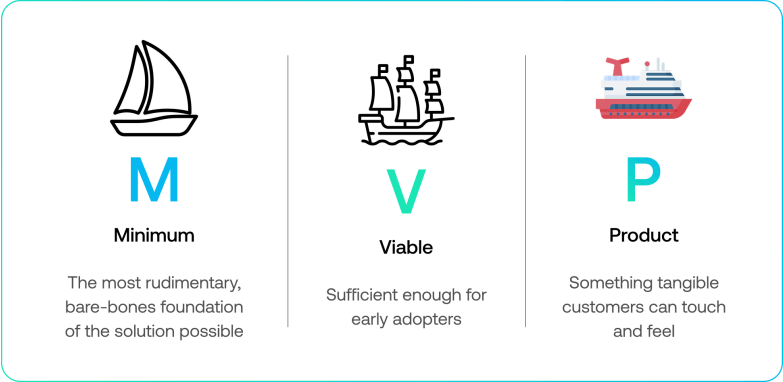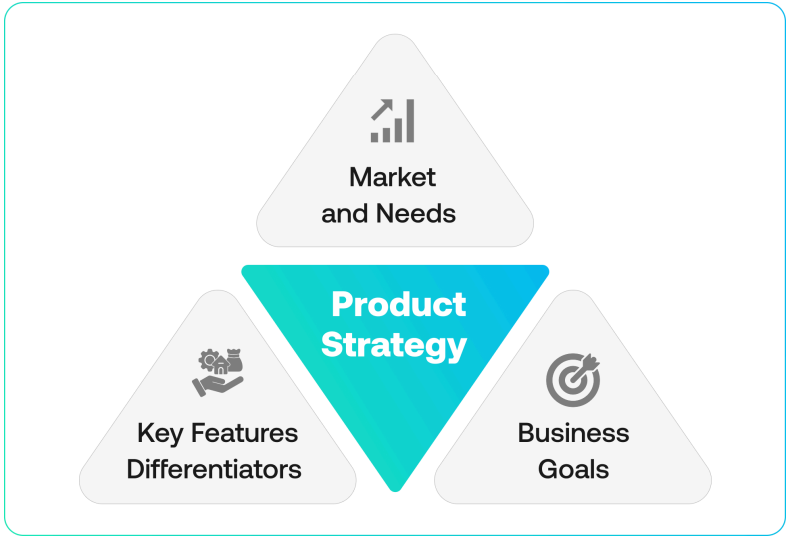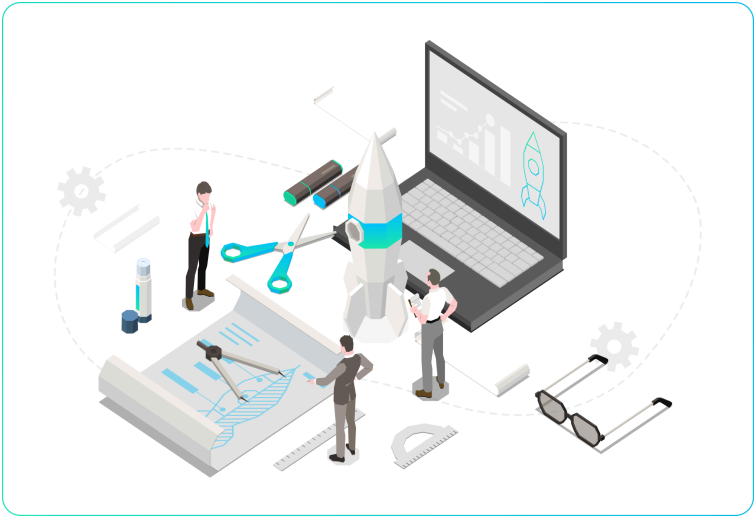When launching a startup, one of the most important decisions you’ll face early on is whether to build an MVP vs Full Product. This decision can shape your company’s trajectory, affecting your time to market, funding needs, customer feedback loops, and scalability. Understanding the difference and knowing when to choose each can be the difference between rapid growth and costly missteps.
What is an MVP?
An MVP (Minimum Viable Product) is a lean version of your product that includes only the core features necessary to solve the primary problem for your target users. The goal of an MVP is not to launch a polished, comprehensive product; it’s to test assumptions, gather user feedback quickly, and validate market demand before investing significant resources.
Key characteristics of an MVP:
- Focused on essential functionality
- Built rapidly with minimal resources
- Designed to validate core business hypotheses
- Evolves based on real user feedback.
Examples include Dropbox’s initial explainer video before the actual product was built, and Airbnb’s basic website to test the market for home rentals.
What is a Full Product?
A Full Product is your solution’s complete, fully developed version, often incorporating a broader range of features, polished UI/UX design, scalability, and high-performance standards. Typically, Full Products are launched when there is already a clear understanding of user needs, established product-market fit, and available resources for larger investments.
Key characteristics of a Full Product:
- Comprehensive feature set
- Strong focus on scalability and performance
- Highly refined user experience
- Built for market expansion and competition

MVP vs Full Product: Key Differences
| Aspect | MVP | Full Product |
|---|---|---|
| Purpose | Test market demand and hypotheses | Deliver full value and scale |
| Time to Market | Fast | Longer development cycle |
| Investment | Lower initial costs | High development and marketing costs |
| Risk | Lower, flexible to pivot | Higher, due to a larger investment |
| Feedback | Early and actionable | Risk of delayed feedback |
How to Choose: MVP or Full Product?
Ask yourself these questions:
- Do I fully understand my customers’ needs? If not, start with an MVP.
- Is there a clear market validation already? If so, you might build a complete product.
- What are my budget and timeline constraints? MVP allows for faster iteration with limited funds.
- What is the competitive landscape? A more developed product may sometimes be necessary, especially in fast-moving sectors.
According to Business Insider, an MVP-first approach is safer and smarter in 80% of cases, especially for new startups or entering a new market. You can iterate, pivot, or even rethink your idea without burning through resources.

How Quickers Venture Helps Startups Navigate MVP vs Full Product Decisions
At Quickers Venture, we specialize in guiding startups through these crucial early choices. Whether you’re validating an idea or scaling an existing solution, our experts work with founders to define explicit MVP scopes, avoid overbuilding, and craft growth-focused roadmaps. We offer tailored support from rapid prototyping to full development strategies, ensuring startups use their resources wisely and position themselves for scalable success. Through our hands-on approach, we help transform early concepts into validated businesses that are ready for real-world demands.

Ready to Build Smart and Scale Fast?
If you’re unsure whether to start lean with an MVP or go big with a Full Product, Quickers Venture is here to help.
Book a free strategic session with our venture team today and start your journey toward a product that fits your market and vision.
Check out our other blogs here or subscribe to our Substack channel to receive blogs like this.
Common Myths About MVPs
- Myth 1: MVPs are low quality.
Reality: MVPs should be high-quality but minimal, good enough to impress early adopters without being bloated. - Myth 2: MVPs are faster to succeed.
Reality: MVPs are faster to learn, but success still demands iteration, persistence, and market fit refinement. - Myth 3: If I launch an MVP, I don’t need a plan.
Reality: MVPs still require a clear strategy, KPIs, and goals. They are part of a bigger roadmap, not a shortcut.
FAQs
Q: Can I raise investment with just an MVP?
A: Absolutely. Many startups secure early-stage funding by demonstrating market interest and initial traction through their MVPs.
Q: How polished should an MVP be?
A: While it doesn’t need every feature, the MVP must be polished enough to give users a good experience and a clear understanding of your value.
Q: What if my MVP fails?
A: That’s actually valuable. A “failure” at the MVP stage offers critical insights, allowing you to pivot or adjust before larger investments are made.
Q: When should I move from MVP to Full Product?
A: Once you achieve product-market fit, strong user adoption, positive feedback, and repeatable demand, you’re ready to invest in a Full Product.

